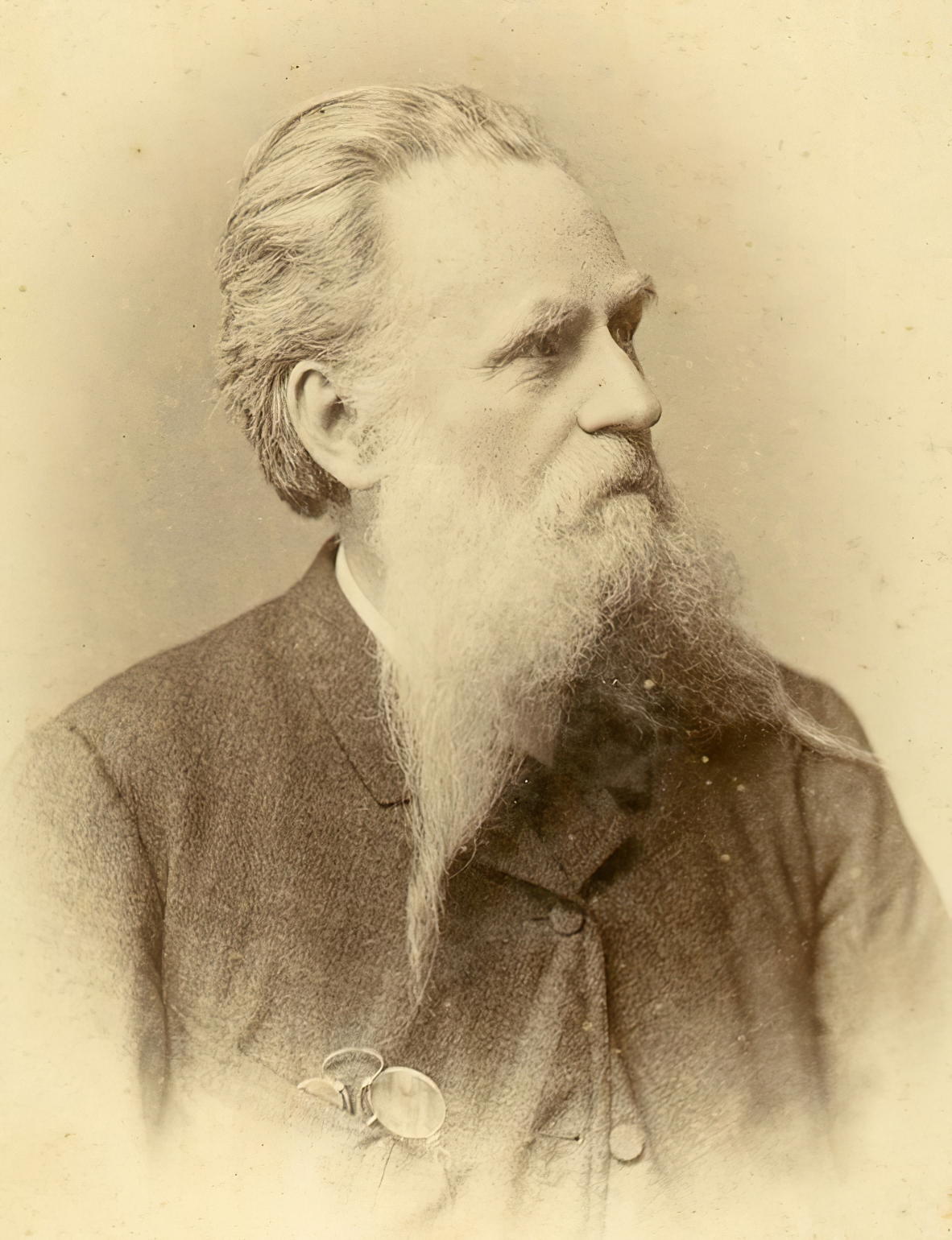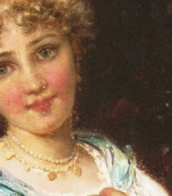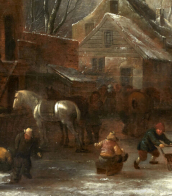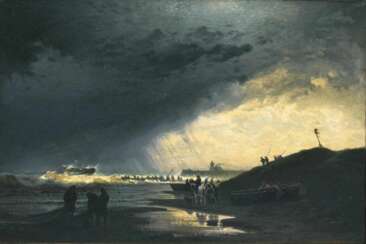Hermann Eschke (1823 - 1900) — Auction price

Hermann Wilhelm Benjamin Eschke was a German painter of the second half of the 19th century. He is known as a marine painter.
Hermann Eschke began his career by traveling through southern France and the Pyrenees, after which he became a free-lance artist, creating sketches and designs while traveling in Europe. In collaboration with his son Richard Eschke, the master created murals and dioramas, including works for the Imperial Panorama in Berlin. His contribution to art was recognized with honors and medals, including the title of "Royal Professor" and the gold medal of the Berlin Artists' Association.


Hermann Wilhelm Benjamin Eschke was a German painter of the second half of the 19th century. He is known as a marine painter.
Hermann Eschke began his career by traveling through southern France and the Pyrenees, after which he became a free-lance artist, creating sketches and designs while traveling in Europe. In collaboration with his son Richard Eschke, the master created murals and dioramas, including works for the Imperial Panorama in Berlin. His contribution to art was recognized with honors and medals, including the title of "Royal Professor" and the gold medal of the Berlin Artists' Association.


Hermann Wilhelm Benjamin Eschke was a German painter of the second half of the 19th century. He is known as a marine painter.
Hermann Eschke began his career by traveling through southern France and the Pyrenees, after which he became a free-lance artist, creating sketches and designs while traveling in Europe. In collaboration with his son Richard Eschke, the master created murals and dioramas, including works for the Imperial Panorama in Berlin. His contribution to art was recognized with honors and medals, including the title of "Royal Professor" and the gold medal of the Berlin Artists' Association.


Hermann Wilhelm Benjamin Eschke was a German painter of the second half of the 19th century. He is known as a marine painter.
Hermann Eschke began his career by traveling through southern France and the Pyrenees, after which he became a free-lance artist, creating sketches and designs while traveling in Europe. In collaboration with his son Richard Eschke, the master created murals and dioramas, including works for the Imperial Panorama in Berlin. His contribution to art was recognized with honors and medals, including the title of "Royal Professor" and the gold medal of the Berlin Artists' Association.


Hermann Wilhelm Benjamin Eschke was a German painter of the second half of the 19th century. He is known as a marine painter.
Hermann Eschke began his career by traveling through southern France and the Pyrenees, after which he became a free-lance artist, creating sketches and designs while traveling in Europe. In collaboration with his son Richard Eschke, the master created murals and dioramas, including works for the Imperial Panorama in Berlin. His contribution to art was recognized with honors and medals, including the title of "Royal Professor" and the gold medal of the Berlin Artists' Association.


Hermann Wilhelm Benjamin Eschke was a German painter of the second half of the 19th century. He is known as a marine painter.
Hermann Eschke began his career by traveling through southern France and the Pyrenees, after which he became a free-lance artist, creating sketches and designs while traveling in Europe. In collaboration with his son Richard Eschke, the master created murals and dioramas, including works for the Imperial Panorama in Berlin. His contribution to art was recognized with honors and medals, including the title of "Royal Professor" and the gold medal of the Berlin Artists' Association.


Hermann Wilhelm Benjamin Eschke was a German painter of the second half of the 19th century. He is known as a marine painter.
Hermann Eschke began his career by traveling through southern France and the Pyrenees, after which he became a free-lance artist, creating sketches and designs while traveling in Europe. In collaboration with his son Richard Eschke, the master created murals and dioramas, including works for the Imperial Panorama in Berlin. His contribution to art was recognized with honors and medals, including the title of "Royal Professor" and the gold medal of the Berlin Artists' Association.














